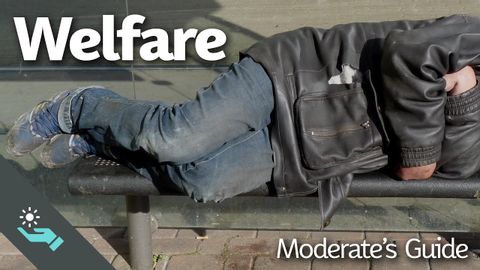
Subtitles & vocabulary
The Complete Moderate's Guide to Welfare
00
王惟惟 posted on 2019/01/22Save
Video vocabulary
individual
US /ˌɪndəˈvɪdʒuəl/
・
UK /ˌɪndɪˈvɪdʒuəl/
- Countable Noun
- Single person, looked at separately from others
- A single thing or item, especially when part of a set or group.
- Adjective
- Made for use by one single person
- Having a distinct manner different from others
A2
More poverty
US /ˈpɑvəti/
・
UK /ˈpɔvəti/
- Uncountable Noun
- State of being poor
- Lack of something necessary
B1
More general
US /ˈdʒɛnərəl/
・
UK /'dʒenrəl/
- Adjective
- Widespread, normal or usual
- Not detailed or specific; vague.
- Countable Noun
- Top ranked officer in the army
A1TOEIC
More amount
US /əˈmaʊnt/
・
UK /ə'maʊnt/
- Noun (Countable/Uncountable)
- Quantity of something
- Intransitive Verb
- To add up to a certain figure
A1TOEIC
More Use Energy
Unlock All Vocabulary
Unlock pronunciation, explanations, and filters
